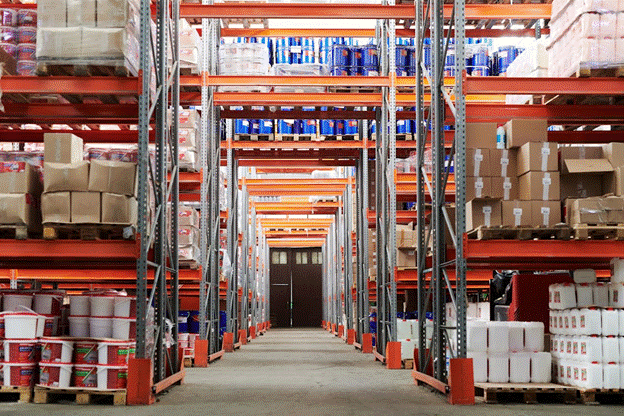
Every warehouse affects the environment through energy consumption, carbon emissions, and waste generation. These operations contribute to pollution and resource depletion.
As sustainability gains importance across industries, warehouses have opportunities to reduce their impact. By improving resource efficiency and adopting greener practices, they can align environmental responsibility with effective operations in ways that create measurable change.
So, let’s explore the strategies, challenges, and future trends of sustainability in warehousing.
Strategies for Building Sustainability in Warehousing
Sustainability matters. Warehouses consume significant energy, produce waste, and rely on constant material movement.
Small changes, such as the following strategies, can yield big environmental benefits.
Energy Efficiency Upgrades
Switching to LED lighting or installing motion sensors cuts energy use drastically. And solar panels reduce dependency on traditional power grids.
Optimize Space Utilization
Maximizing vertical space reduces the need for additional warehouses or extensions, saving resources over time.
Reuse Over Replace
Rather than buying new items, consider using pre-owned solutions, such as used pallet racking equipment. These maintain functionality but come with a lower environmental footprint.
Invest in Renewable-Powered Equipment
Electric forklifts and hybrid vehicles replace gas-powered machinery while maintaining productivity levels.
Improve Waste Management Practices
Separate recyclables from landfill-bound items at every step of your process; recycle pallets and cardboard wherever possible.
Small actions build momentum toward sustainability goals without disrupting operations.
Challenges in Achieving Warehouse Sustainability
Sustainability in warehousing comes with hurdles. Despite its long-term benefits, implementation often faces resistance due to upfront costs and logistical complexities.
High Initial Investment
Transitioning to renewable energy systems or upgrading equipment requires capital, which can deter smaller businesses.
Lack of Awareness
Some managers struggle to understand the long-term value of sustainable practices or may not prioritize them over short-term gains.
Logistical Barriers
Integrating eco-friendly solutions like waste management systems or space optimization plans disrupts daily operations if poorly planned.
Supplier Limitations
Finding vendors who align with sustainability goals can be difficult, especially when cost pressures force compromises on green initiatives.
Technological Adaptation Gaps
Outdated infrastructure resists compatibility with modern energy-efficient machinery and technology upgrades, complicating transitions further.
Despite these challenges, thoughtful planning ensures gradual progress toward creating greener warehouses without overwhelming resources.
Future Trends in Sustainable Warehousing
Warehousing sustainability is evolving. Innovations and changing priorities are paving the way for greener practices.
Automation with Energy Efficiency
Energy-smart robotics will optimize operations while minimizing resource use, reducing both energy costs and emissions.
Carbon-Neutral Facilities
More warehouses will aim for net-zero carbon emissions through renewable energy adoption, efficient insulation, and offset programs.
Circular Economy Practices
Emphasizing repair, reuse, and recycling over disposal, materials like pallets or packaging will see second lives rather than ending as waste.
Data-Driven Sustainability Efforts
Smart sensors and analytics tools track energy usage and pinpoint inefficiencies in real time, enabling rapid improvements.
Sustainable Building Materials
Green construction methods using recycled steel or modular components make warehouse expansions more eco-friendly without compromising durability.
These trends signal an industry-wide commitment to balancing efficiency with environmental responsibility, making sustainable warehousing a standard rather than an exception!





